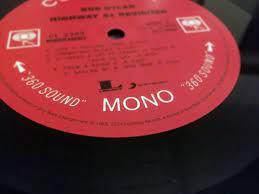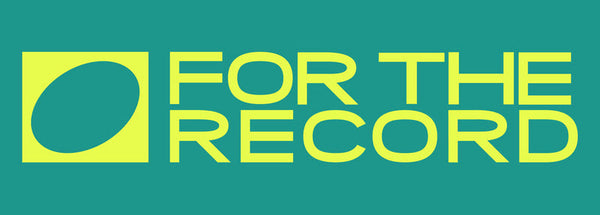
Vinyl Stories Part 1: Mono and Stereo
Share
Hello! It's been a while, but I wanted to start a new series of stories and histories about vinyl records in general to help answer a lot of common questions you may come across when collecting or browsing records. The first part of the series will be on the difference between mono and stereo sound.
To start let's breakdown what we mean when we say mono or stereo. You'll see these names come up all the time as you collect vinyl, especially vintage records because there can be a big price distinction if you are purchasing a mono copy or a stereo copy. Mono or monoaural as you will sometimes see it, refers to one audio channel. This is more important when speaker technology began to develop-- a single audio channel means that the music coming out of the left speaker will be the exact same as the music coming out of the right speaker. The production of mono records is really interesting. Because manufacturers only have to worry about one audio channel- the grooves are only cut in the lateral direction. In other words, the depth of the grooves is constant while the 'side to side' is what creates the sound.
So if mono was so good, why create stereo sound? Audio engineers in the 50s wanted to create a sound that more closely mimicked how humans actually hear and process sound. Master audio engineer Scott Hull has a great description of the stereo engineering process. Instead of thinking of stereo sound as "left" and "right", the more accurate description is the "mono component" and the "different component". If you ever see M-S, or middle-side, this is what it's referring to!
Collectors nowadays might opt for mono records as they are the rarer of the two and are sometimes considered the more authentic and often times is the original release.
Happy collecting!
